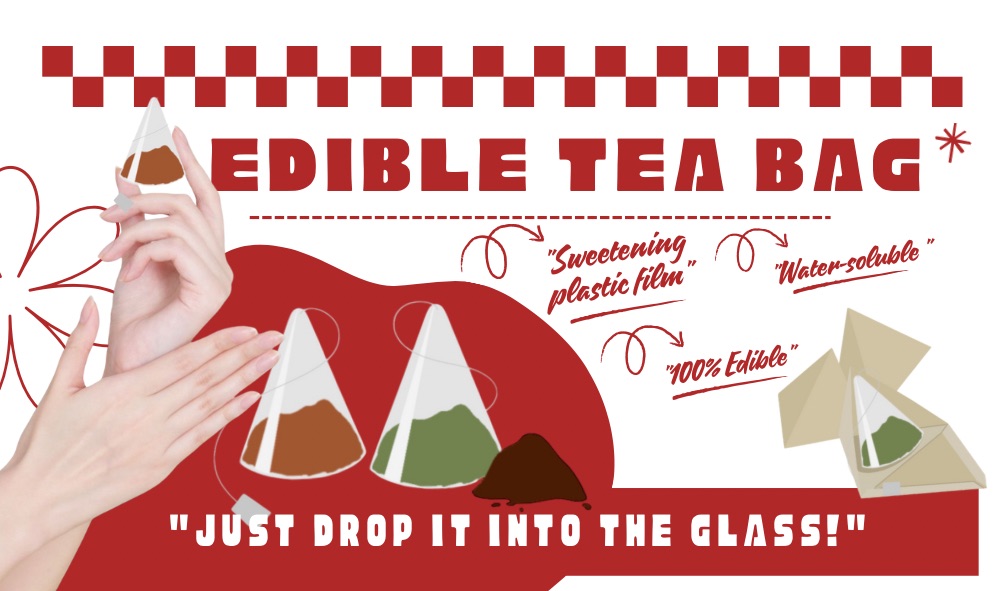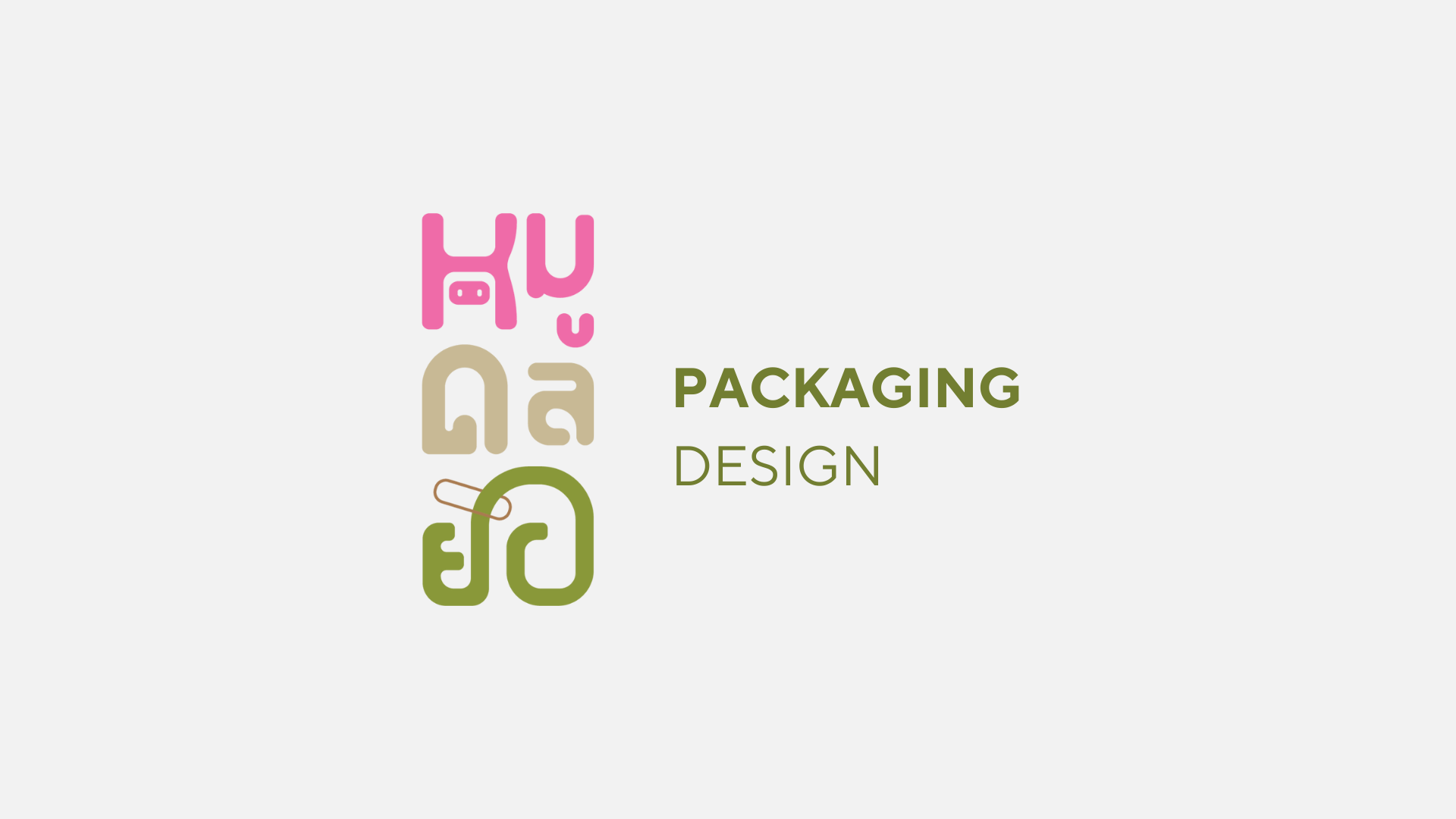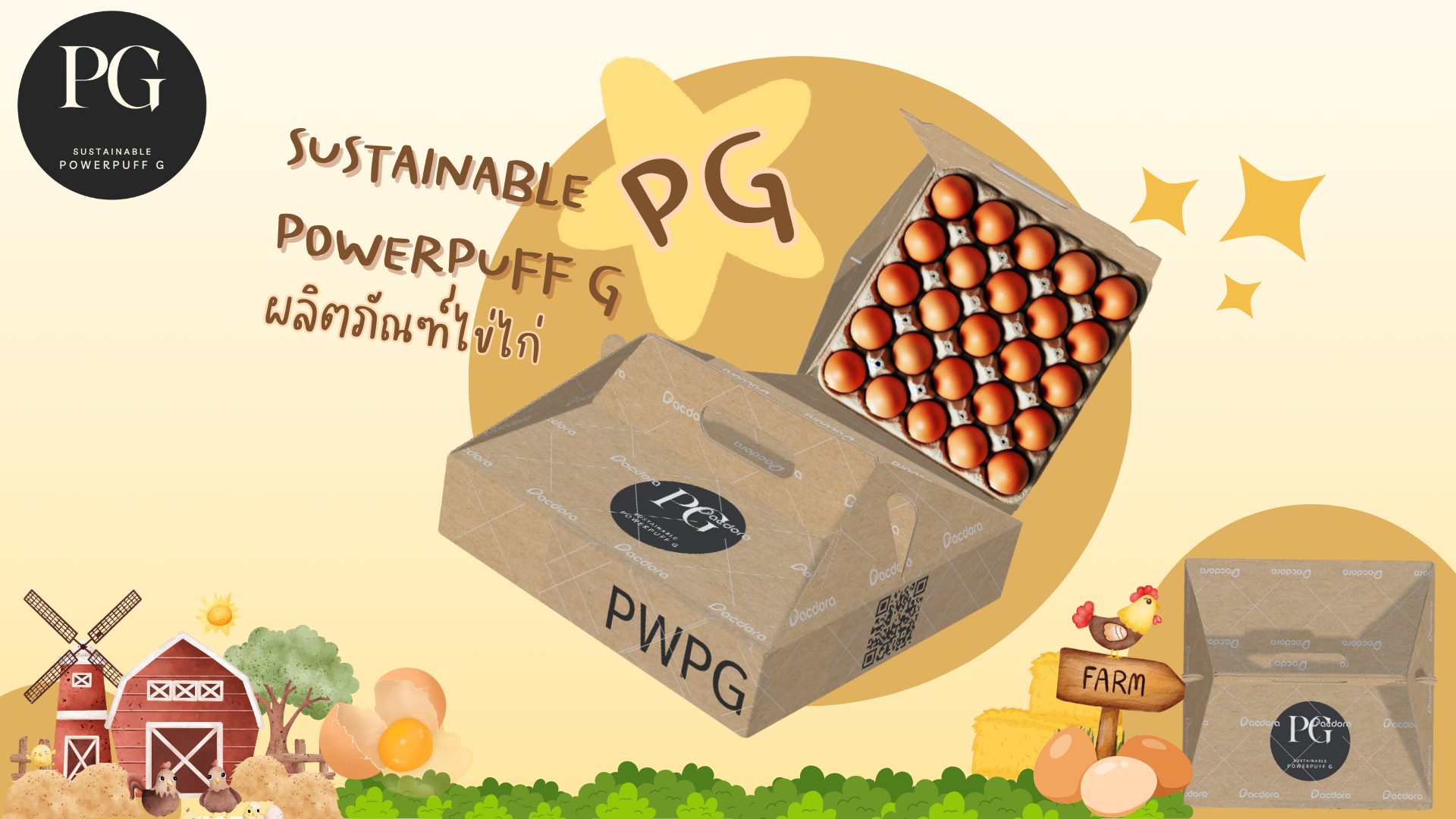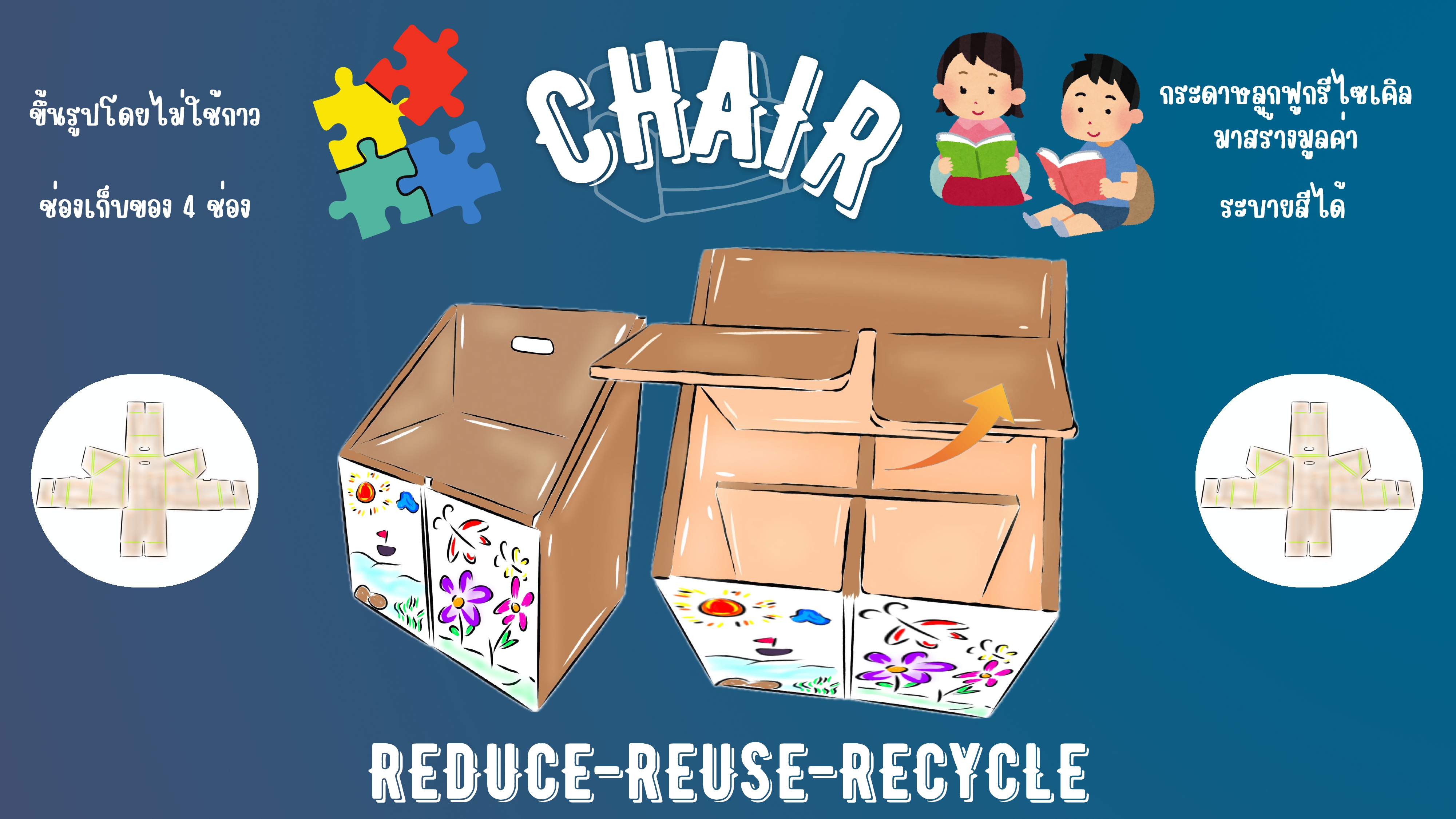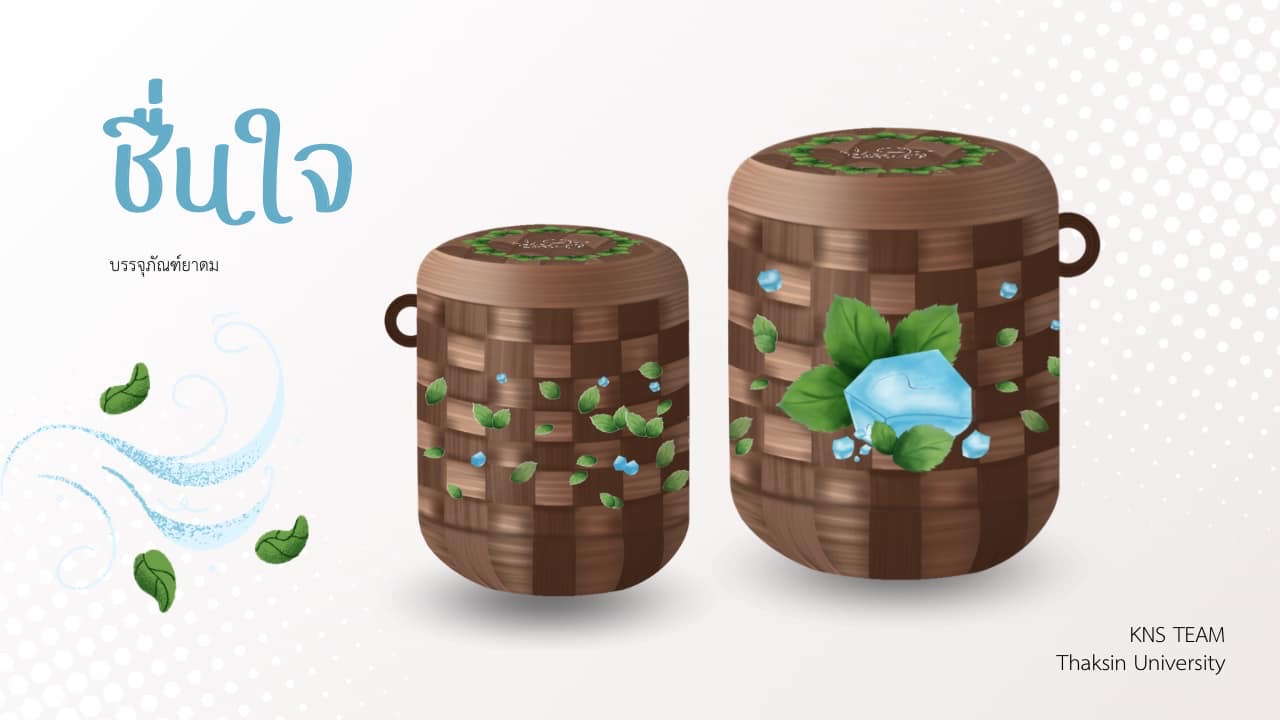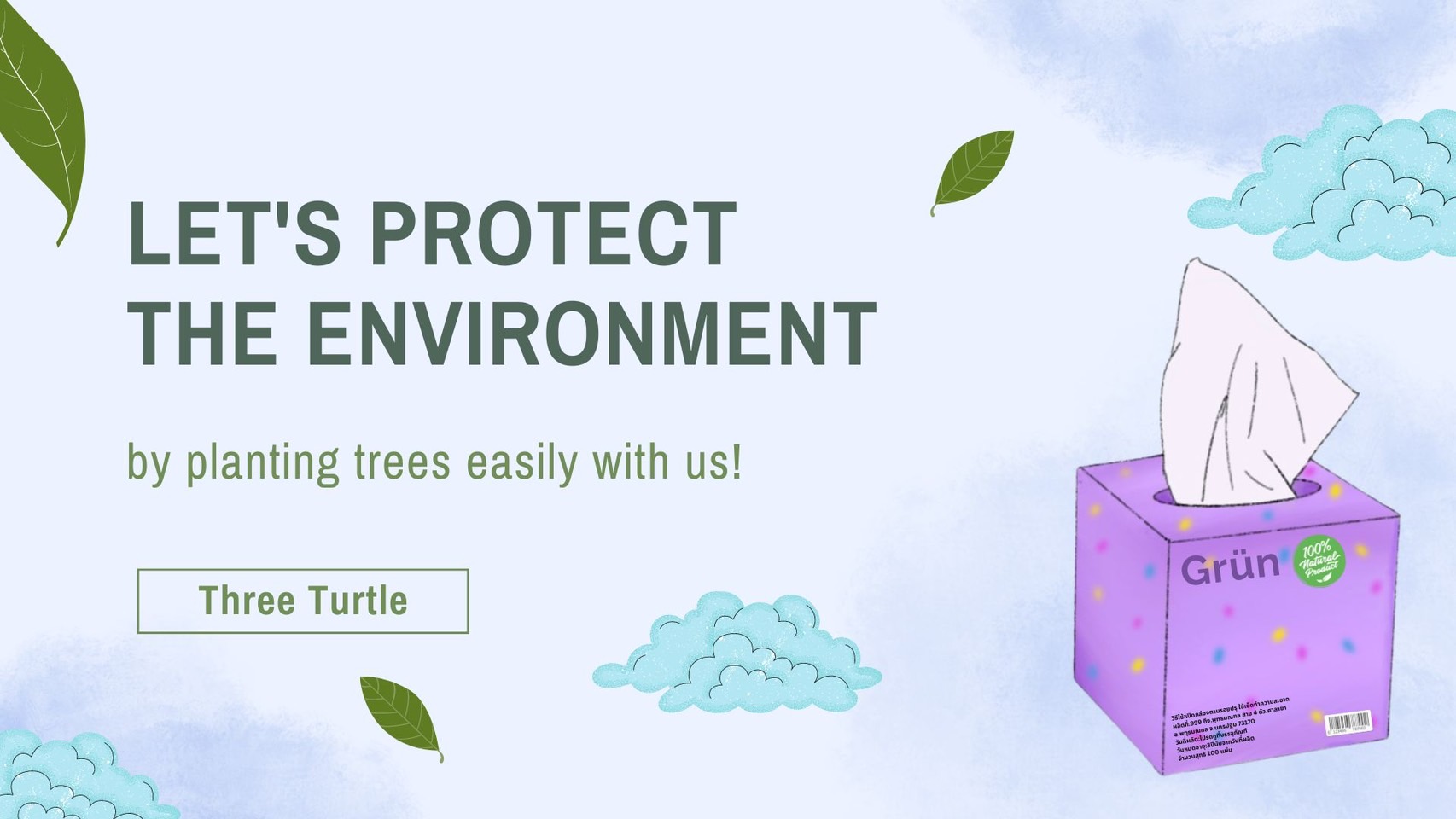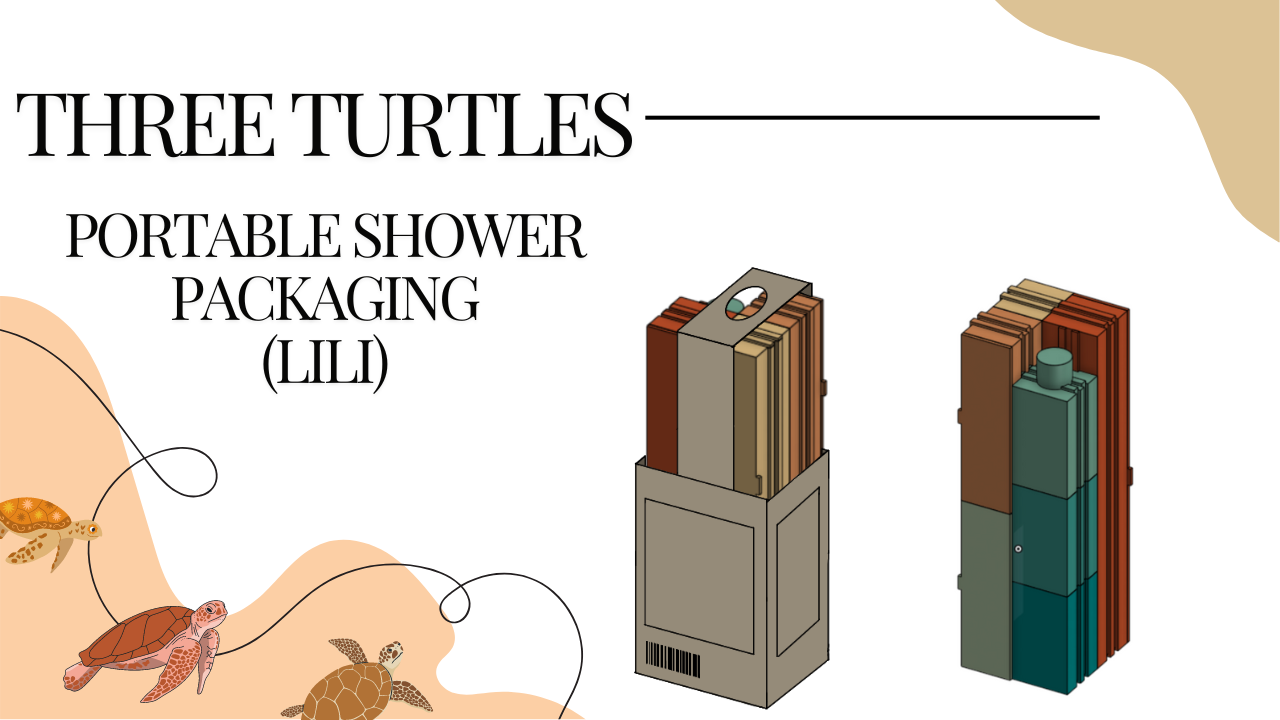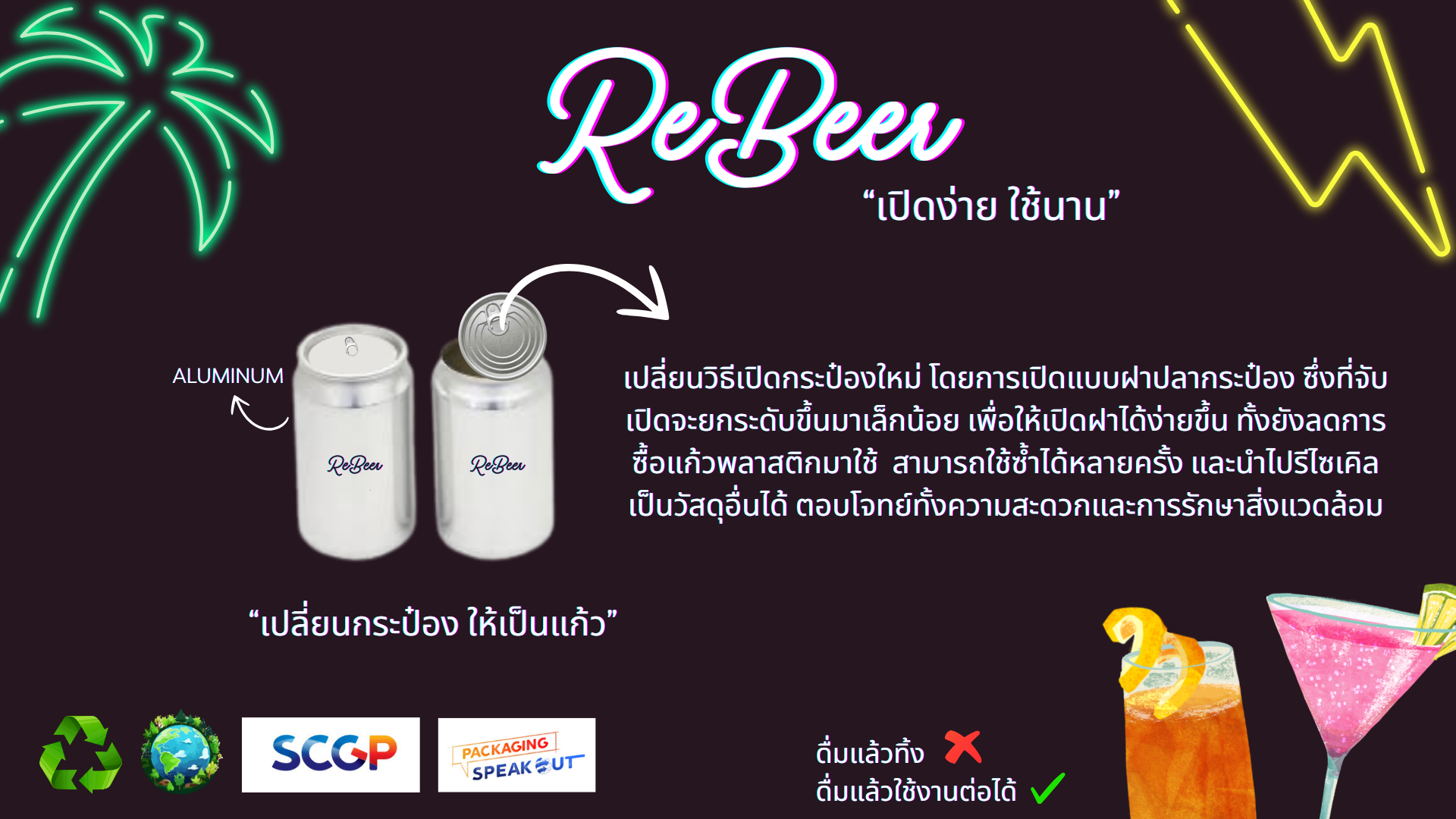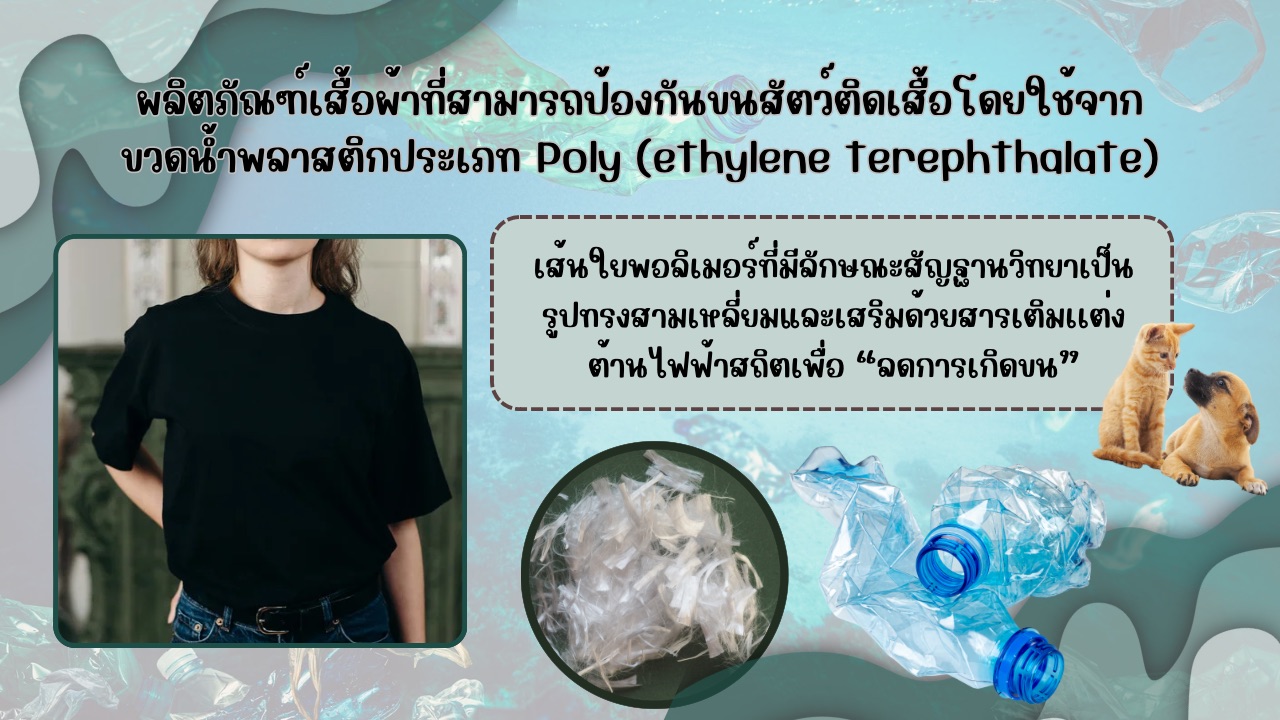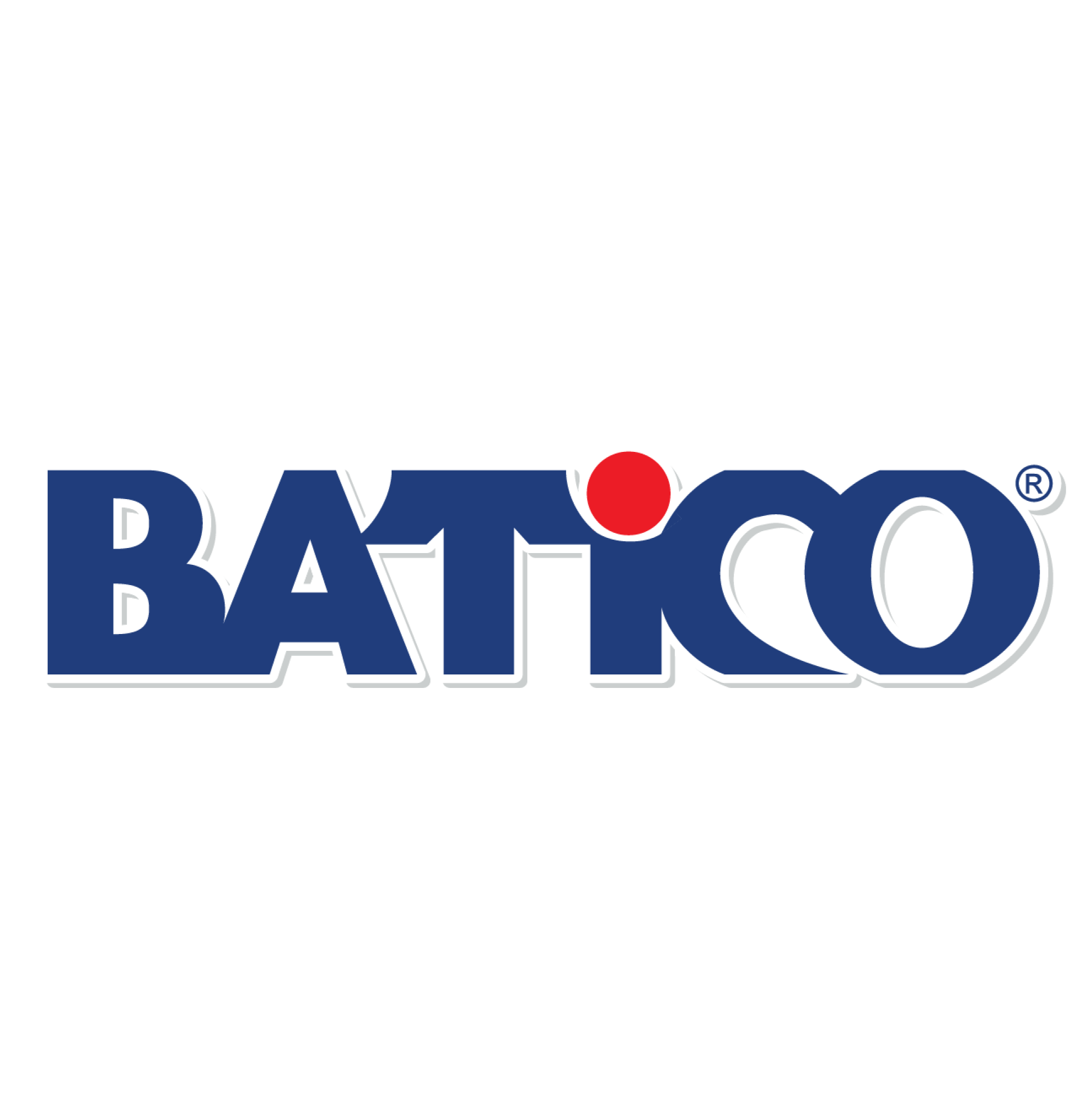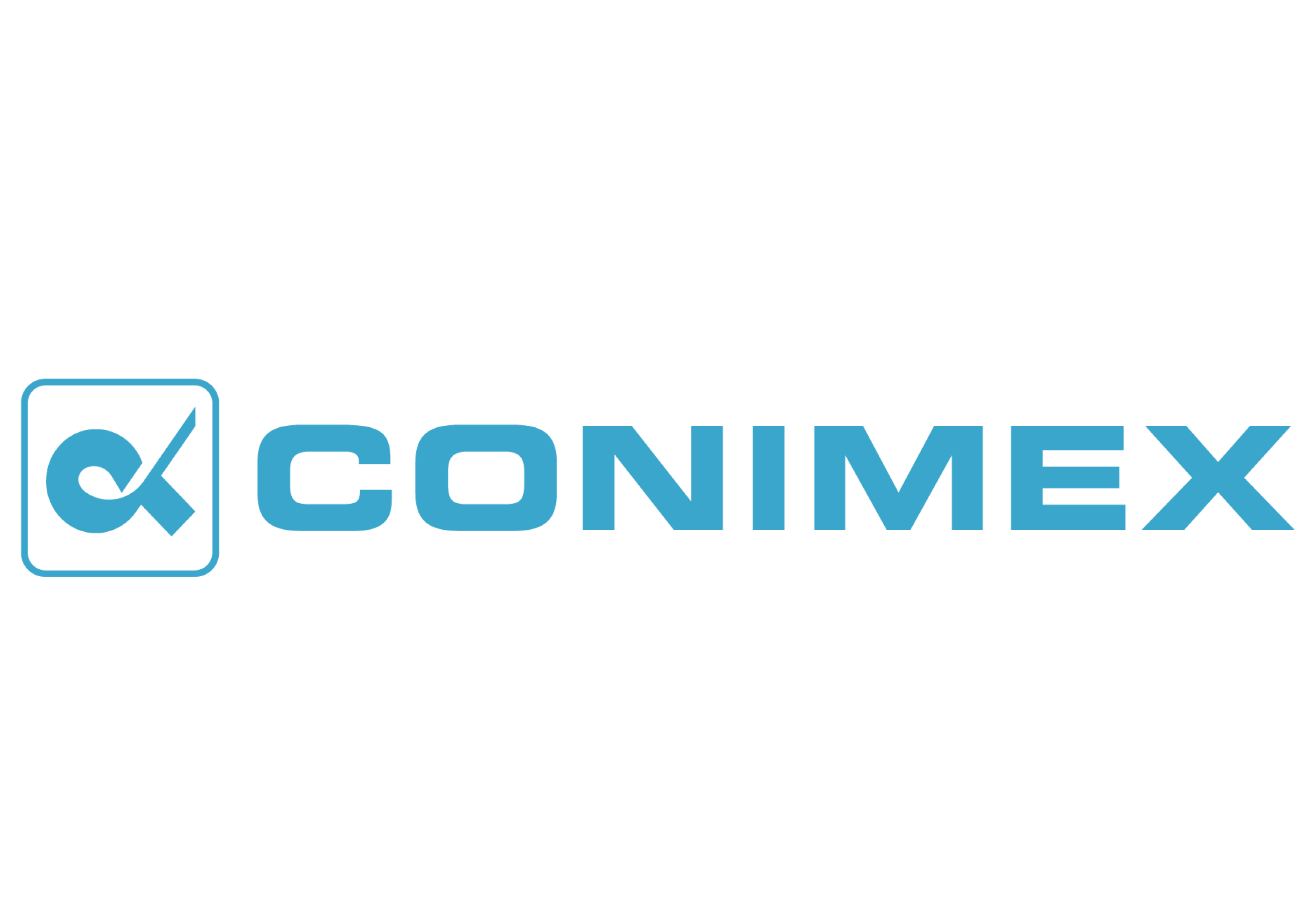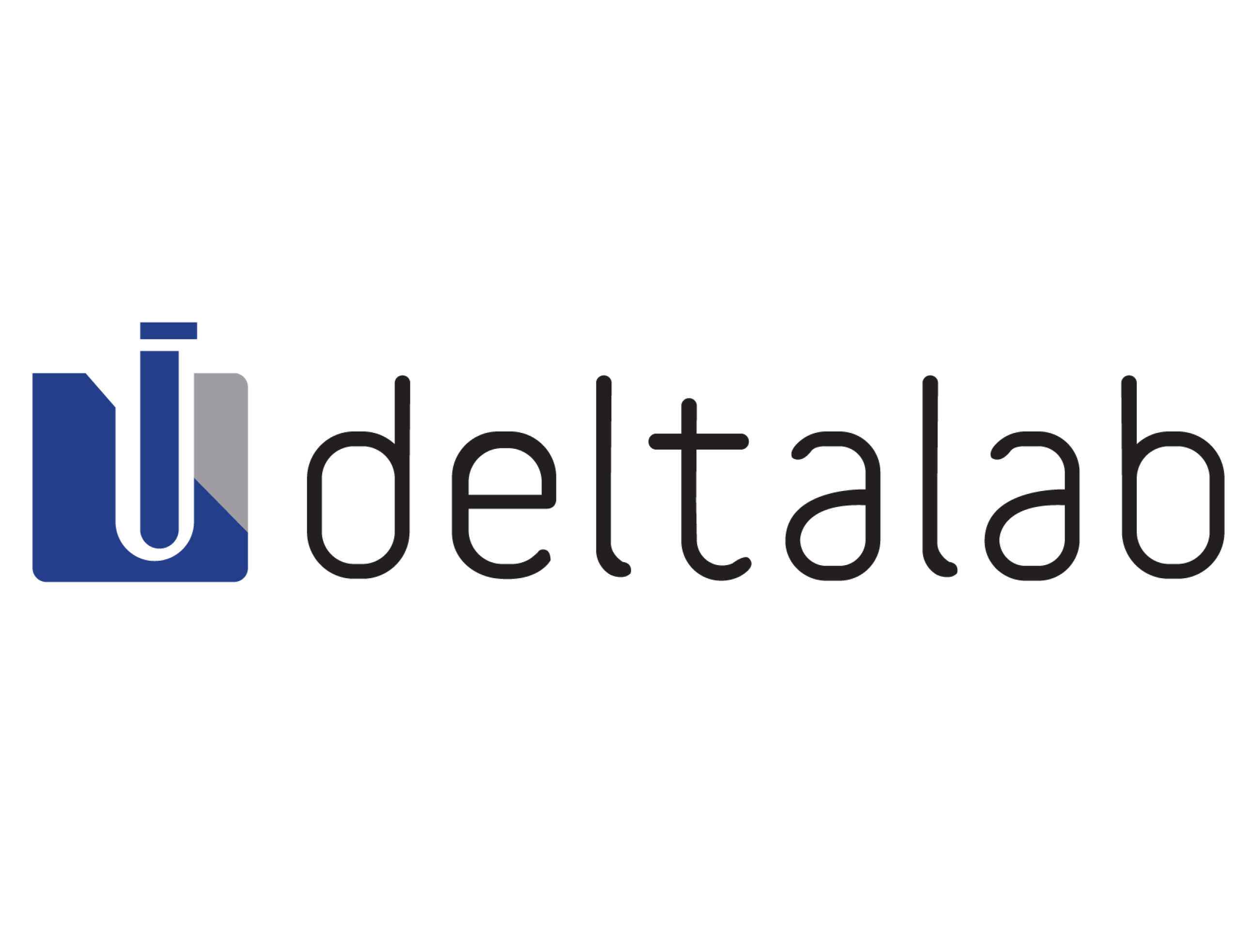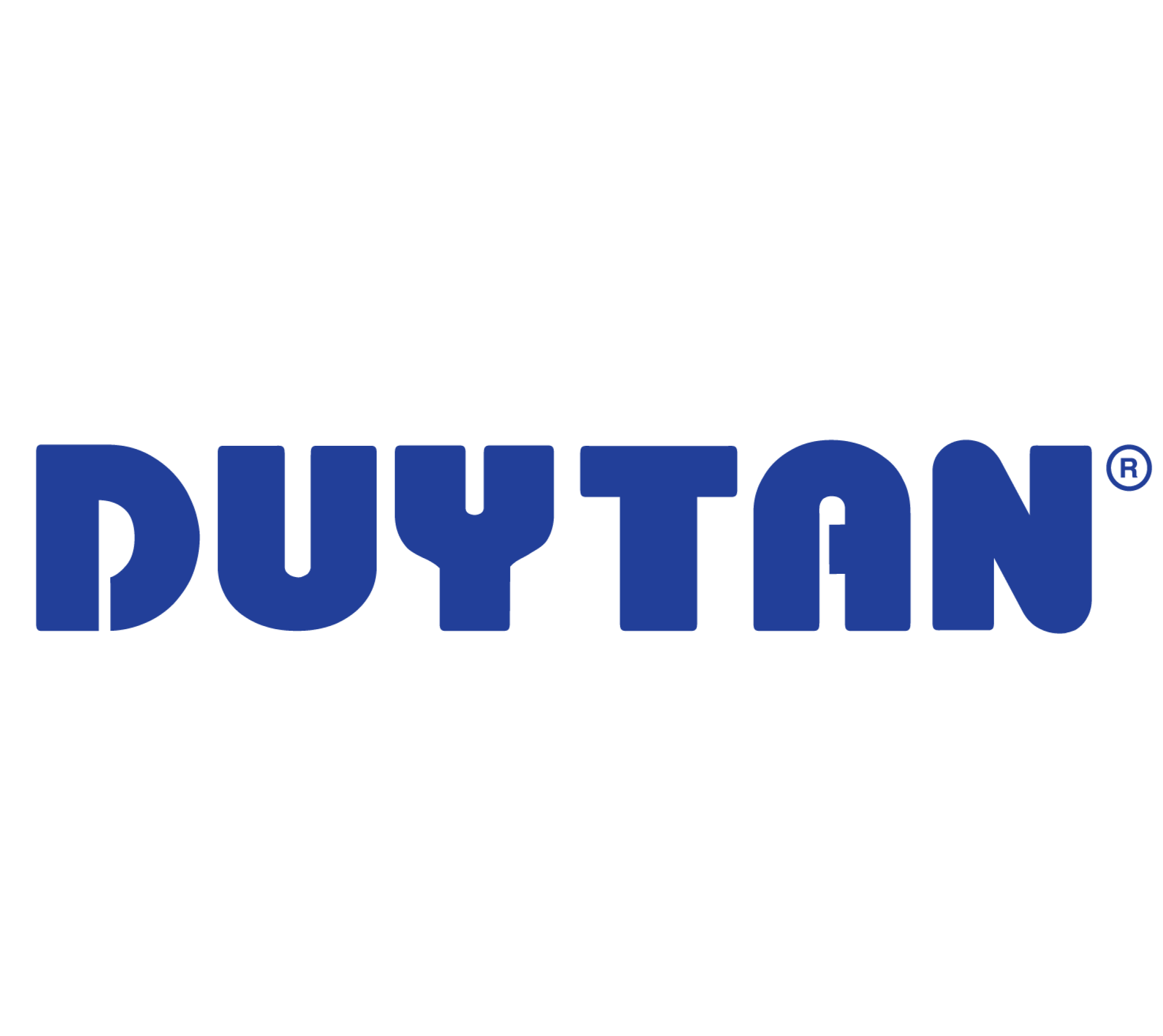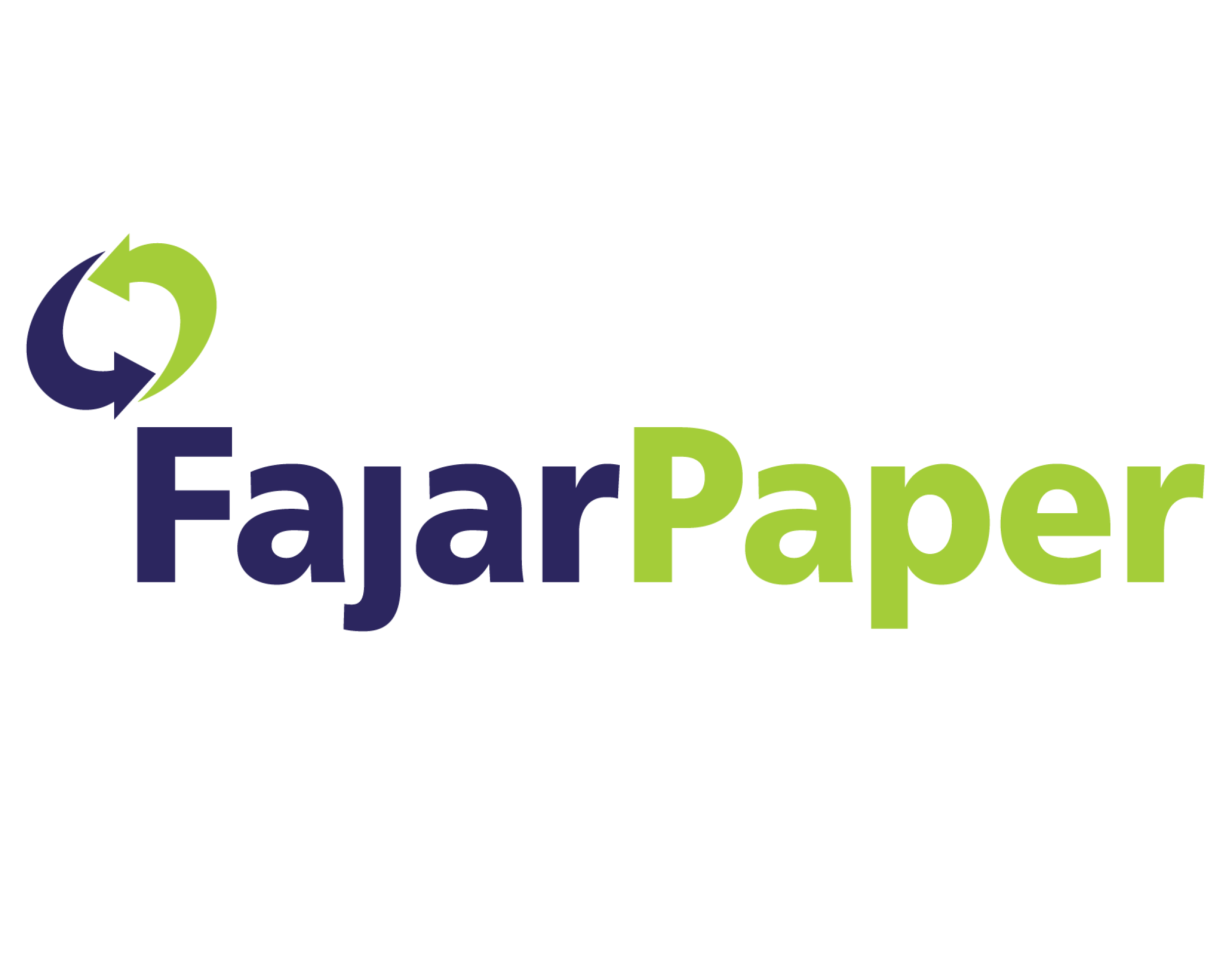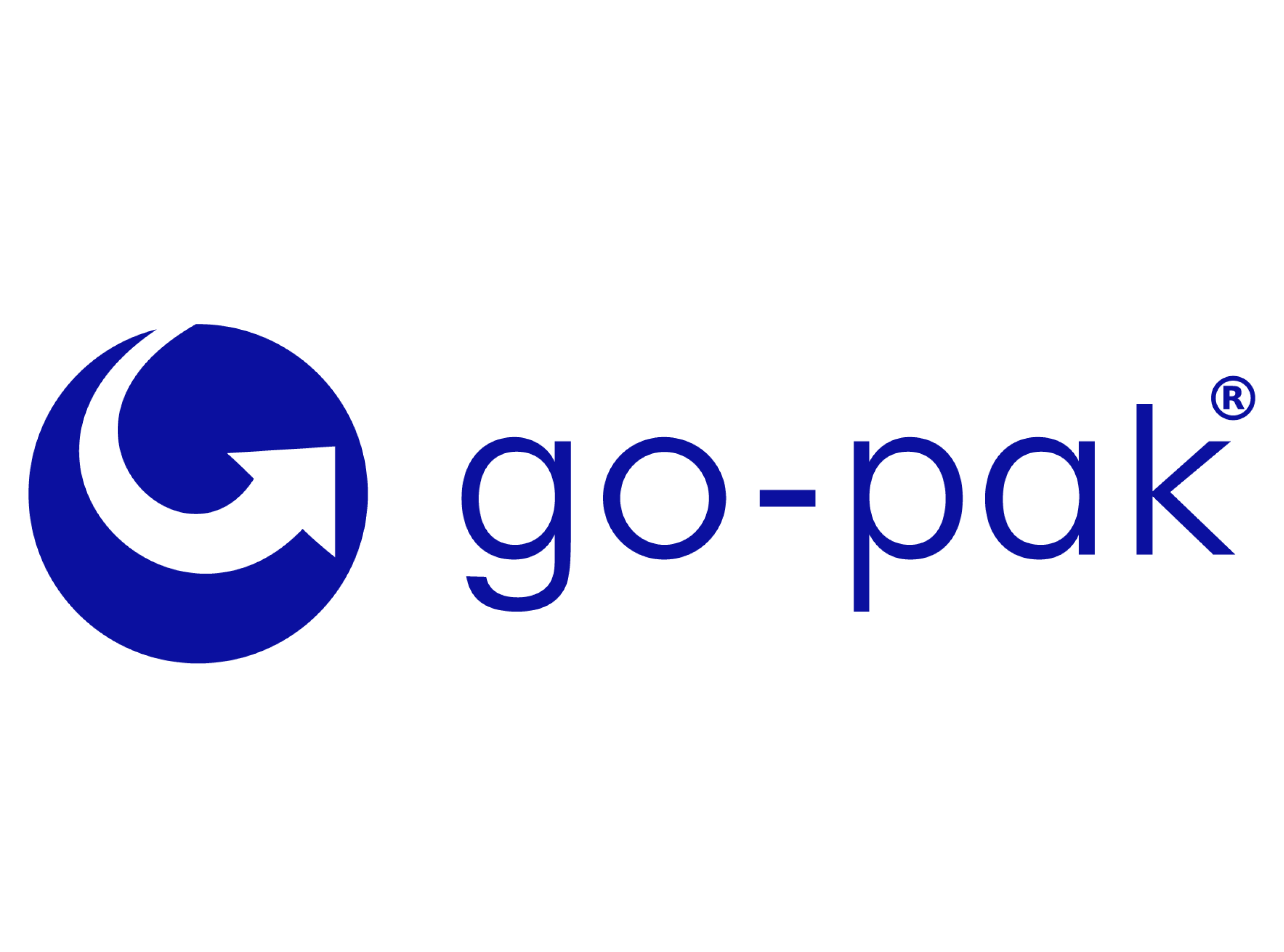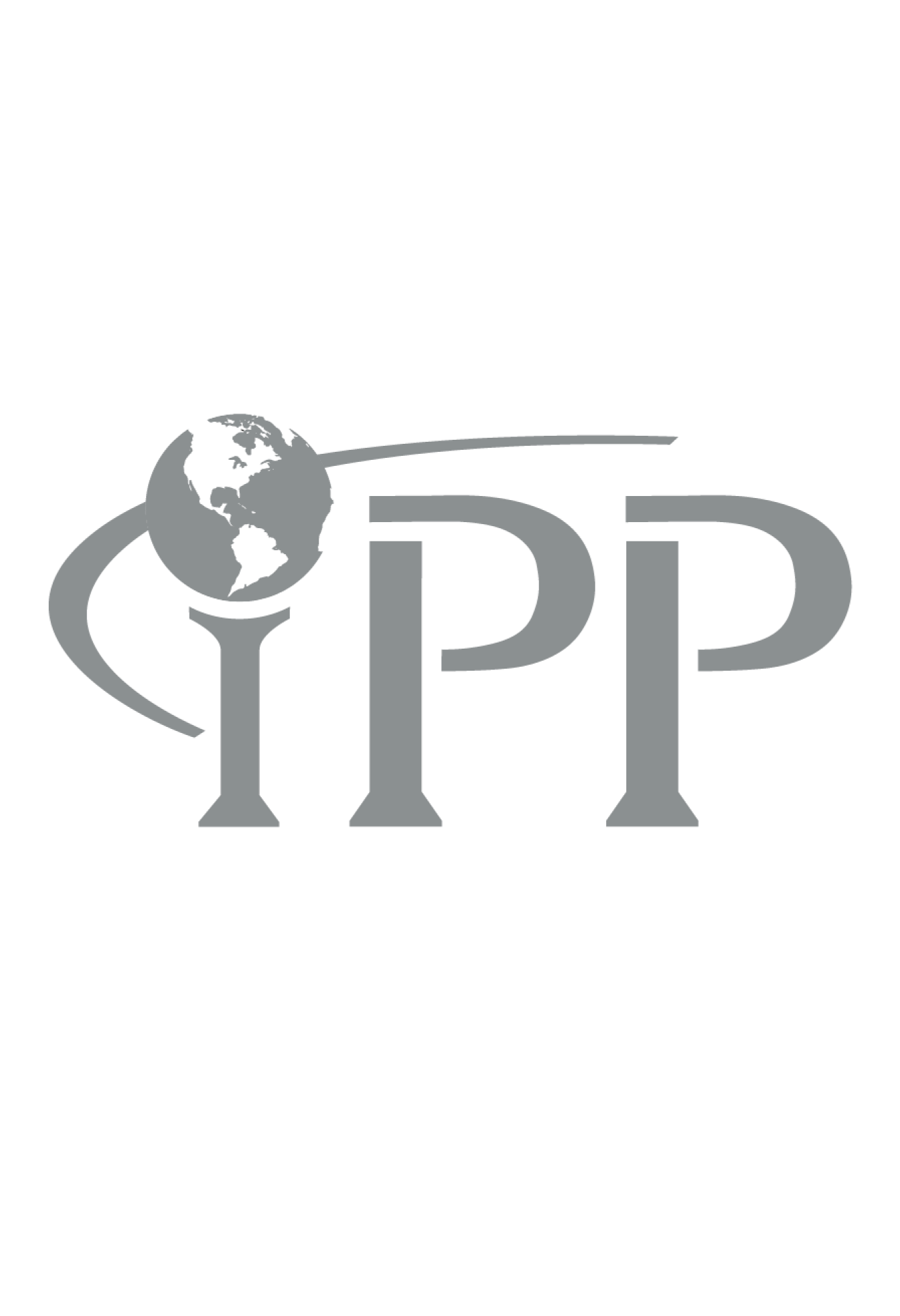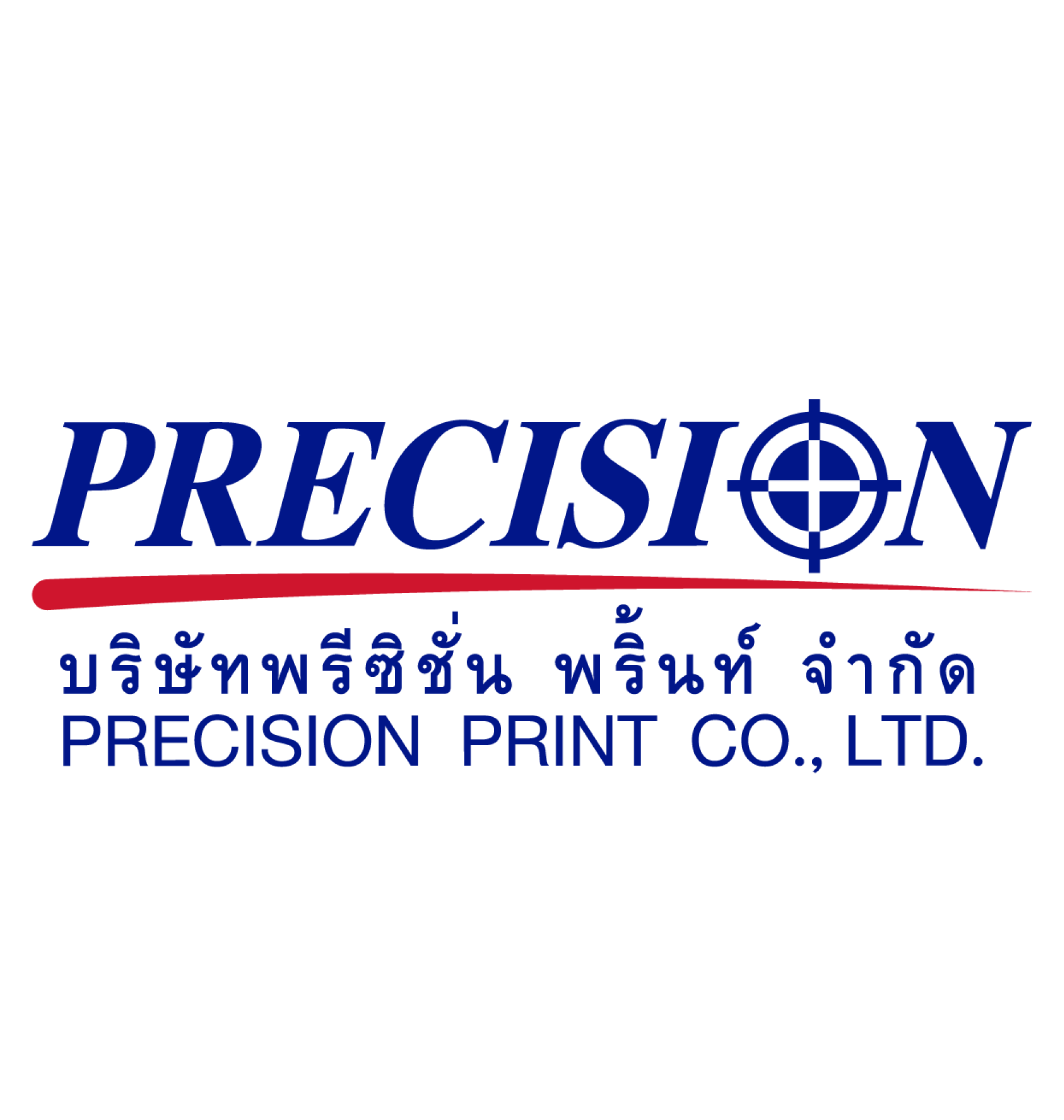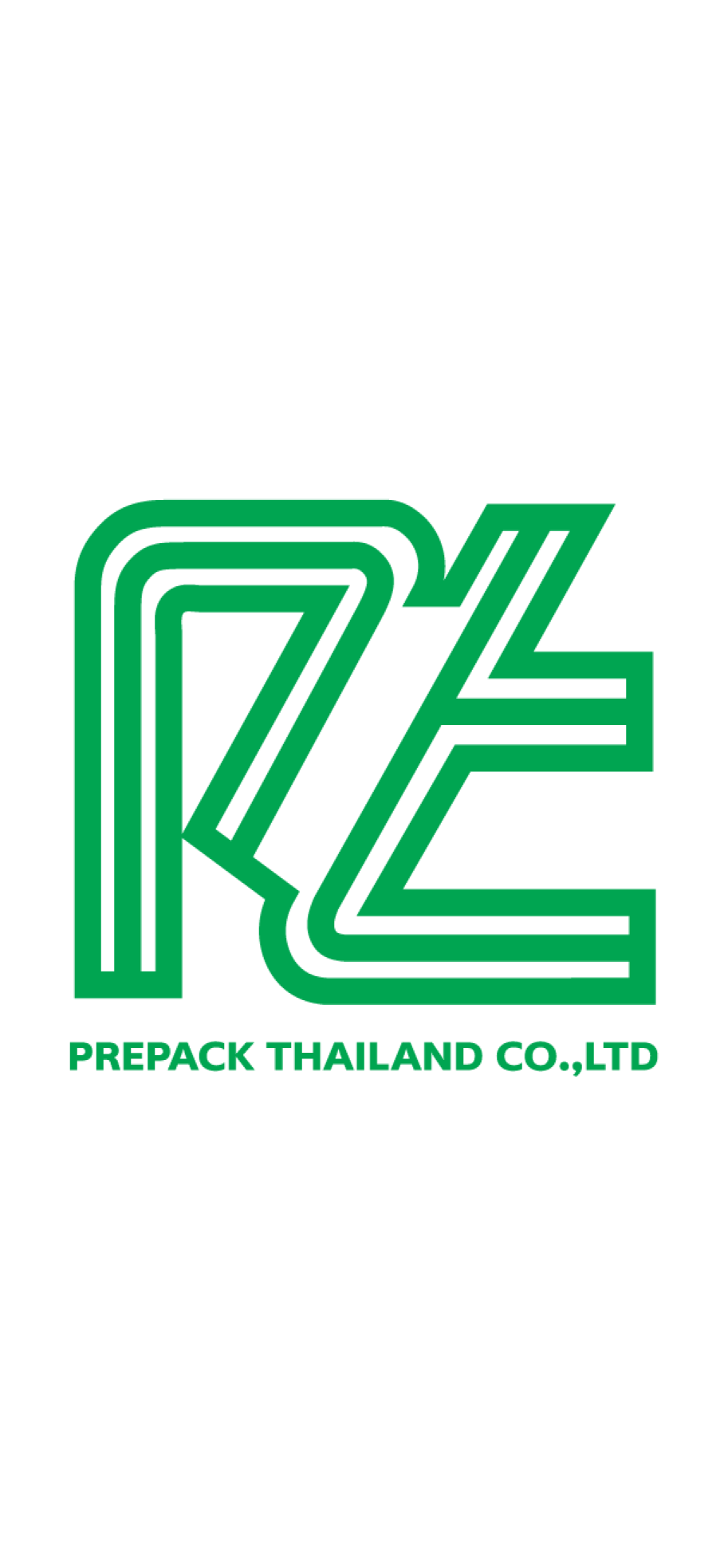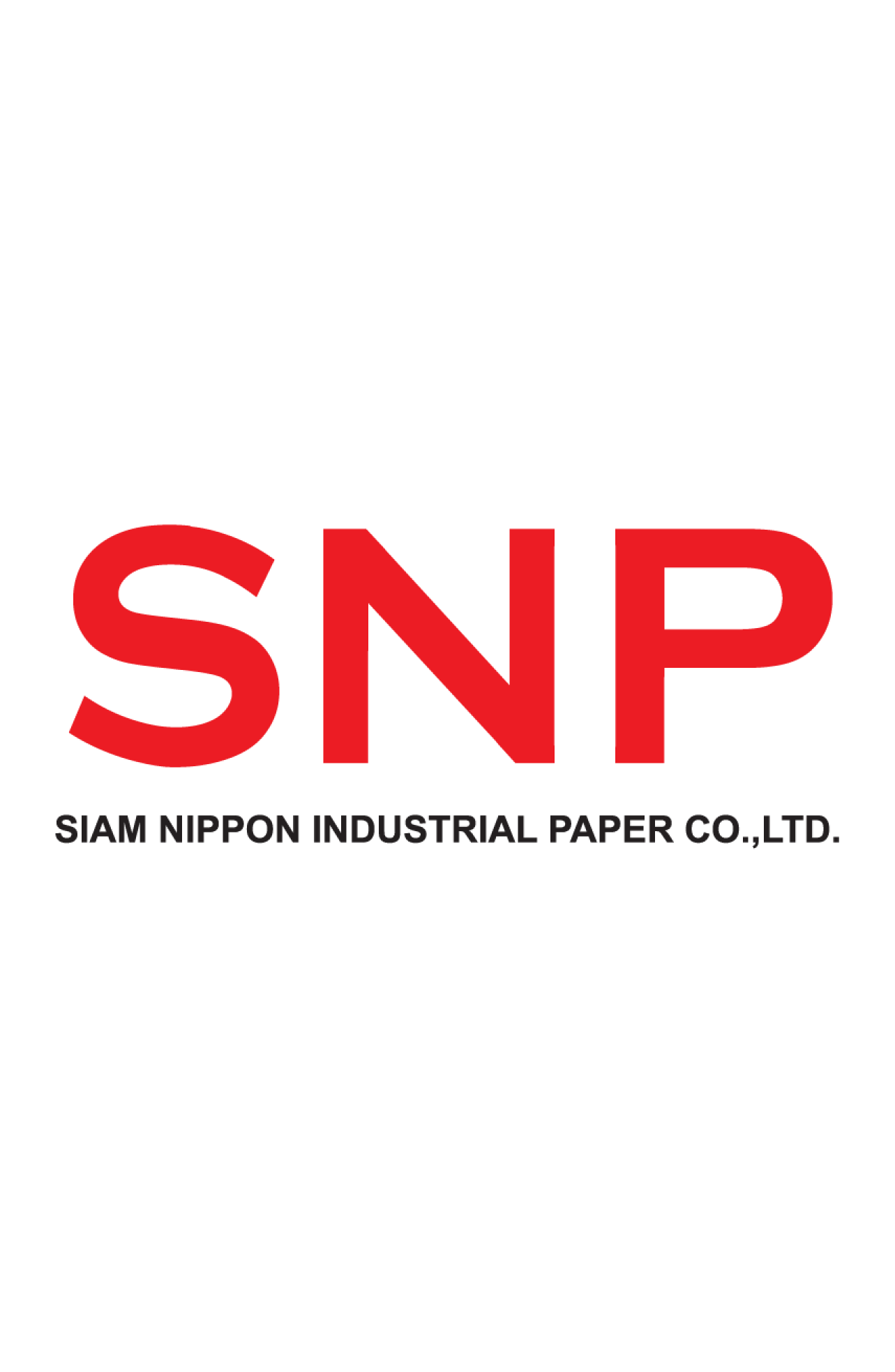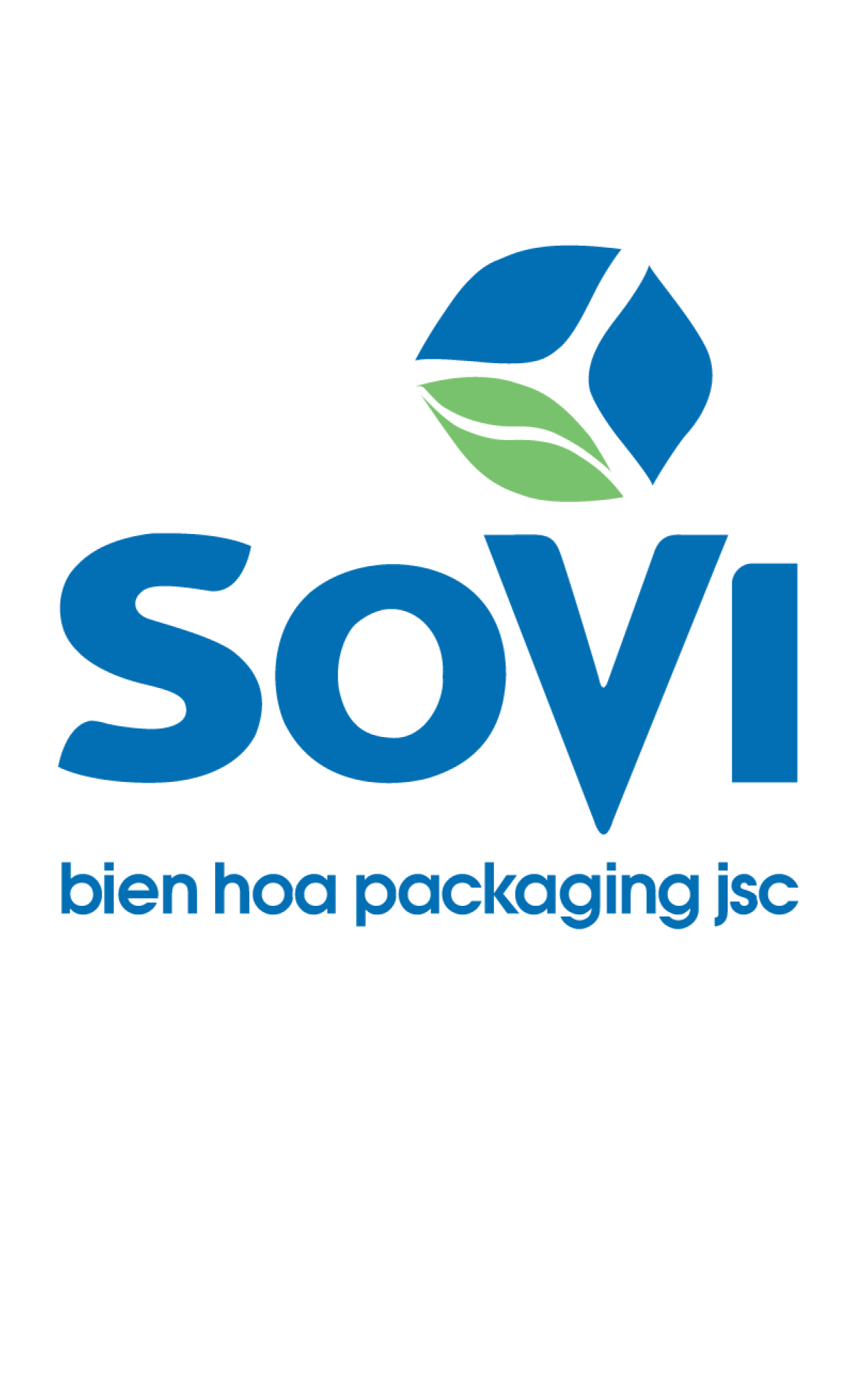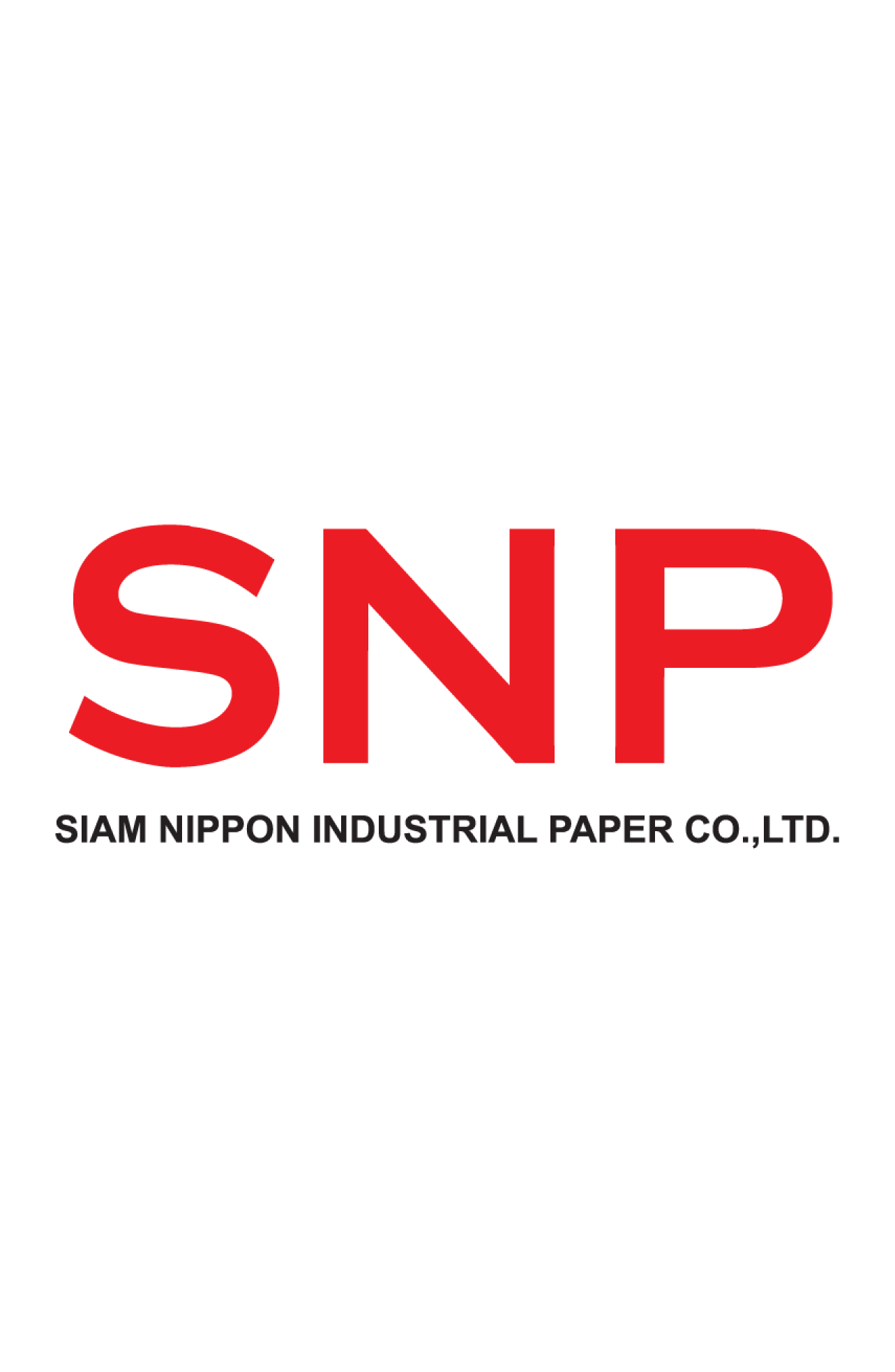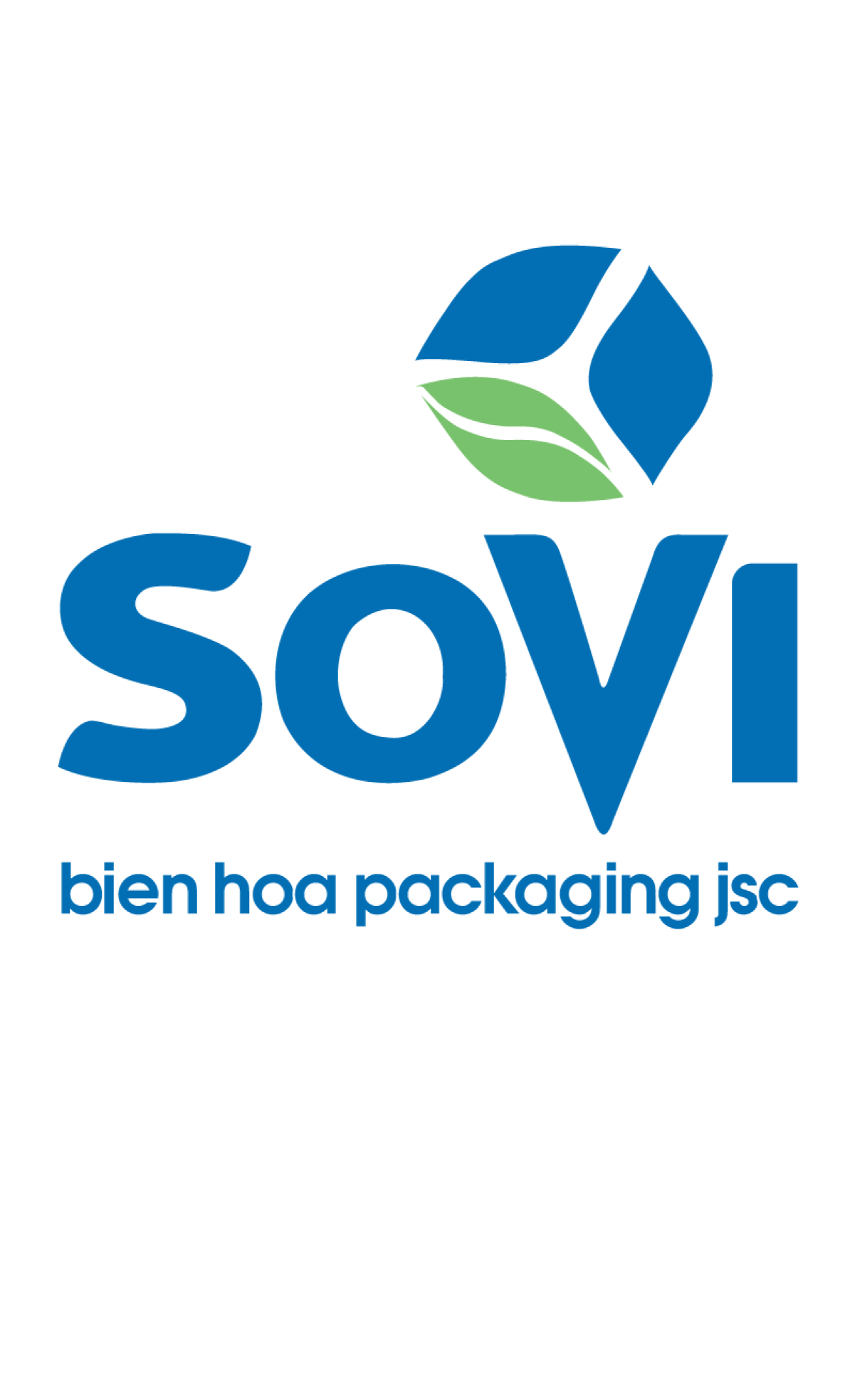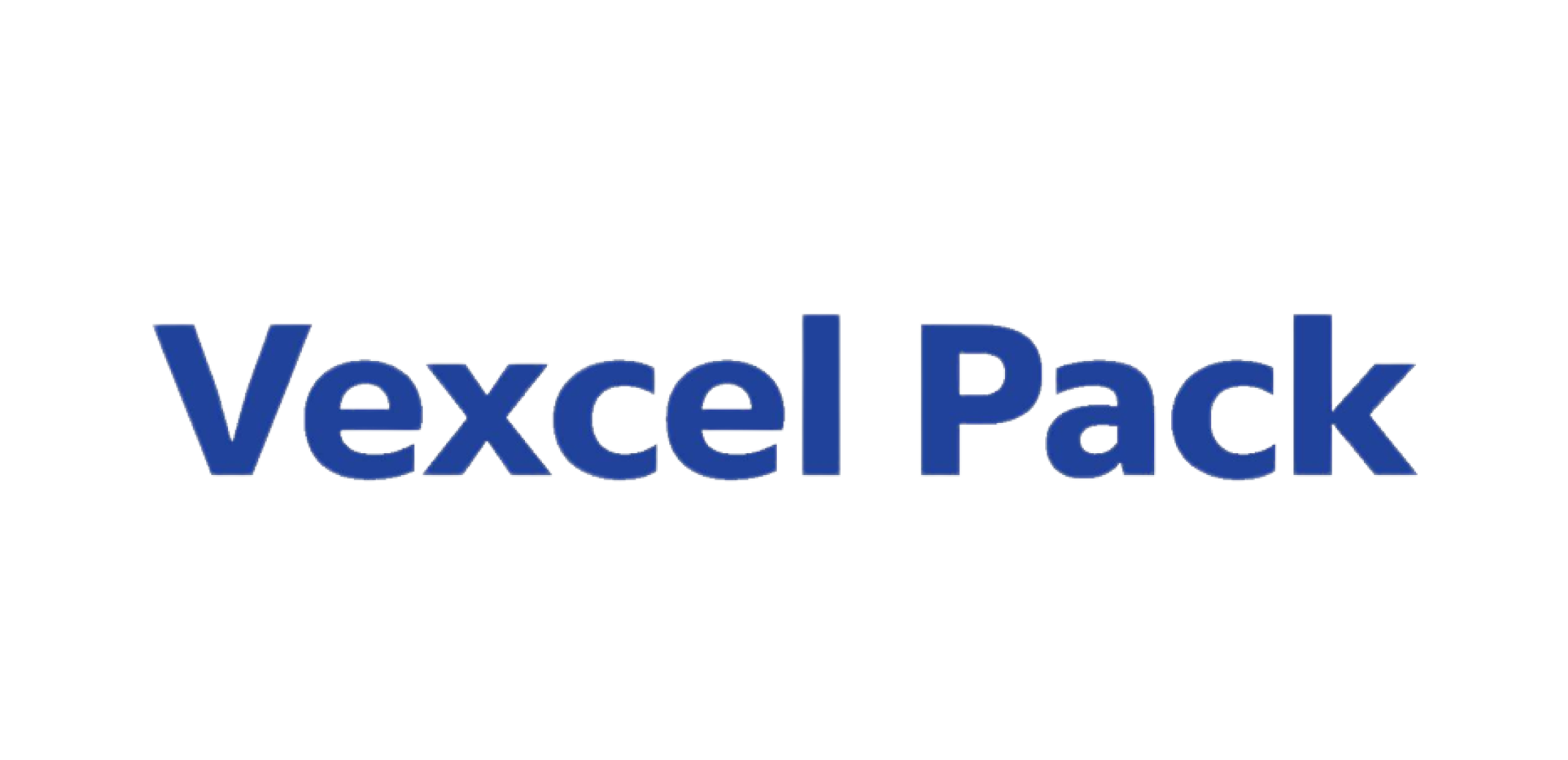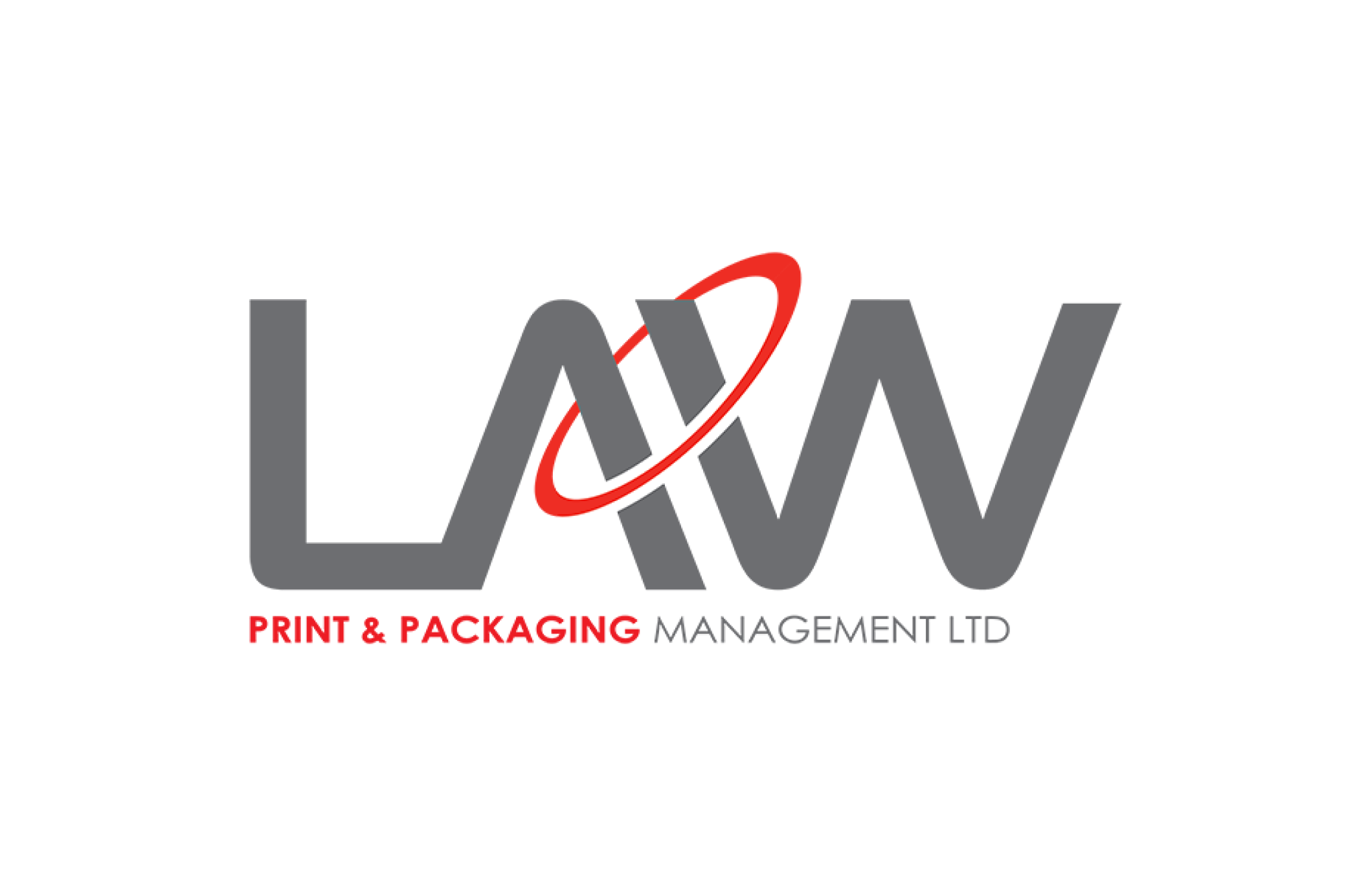3 NOR
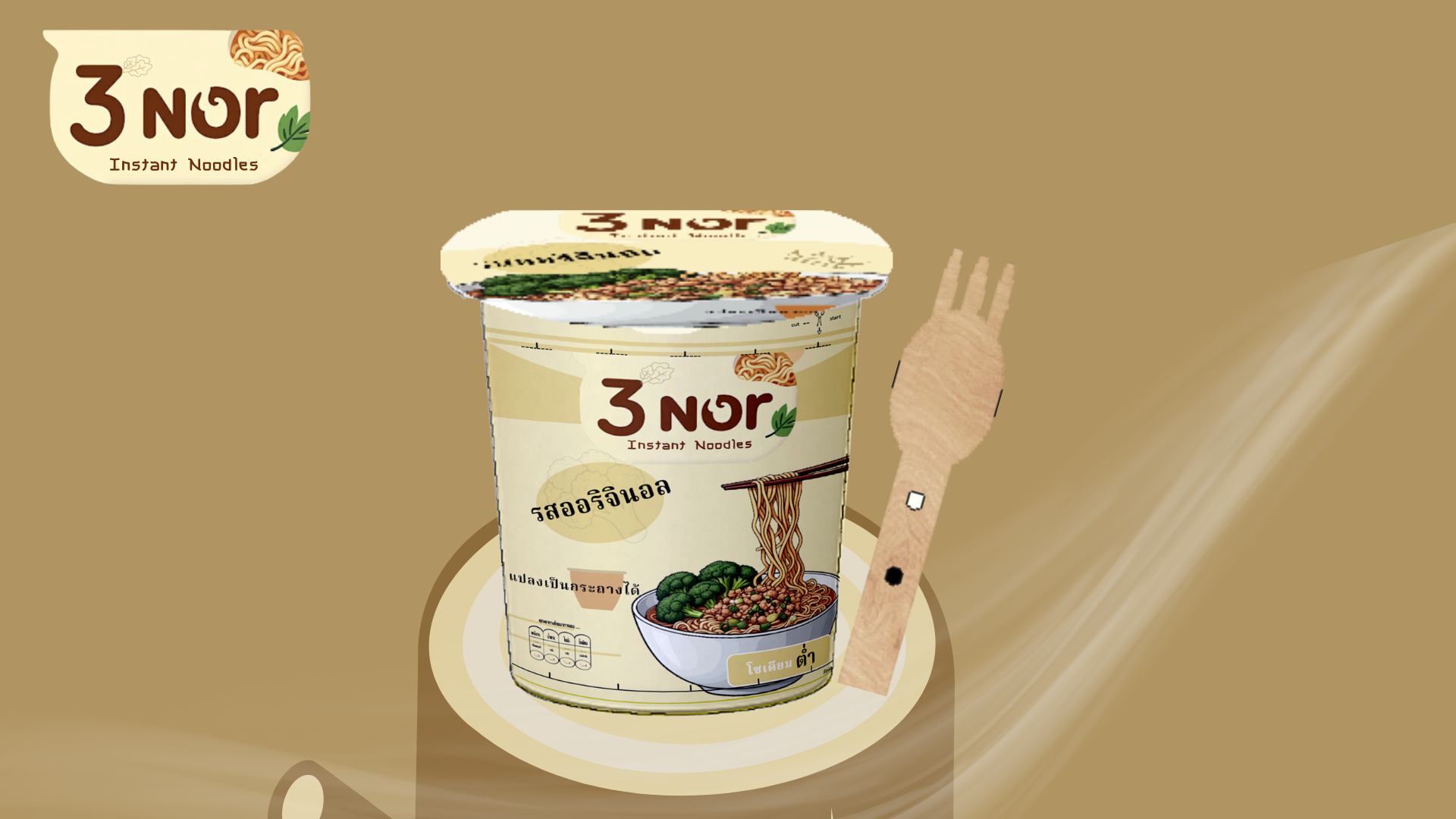
Team : อีโค่หมี่
Member
Ms Arthitaya Mangkorn
Ms Woranut Sriphong
Mr Wongsaphon Phoonsin
Market Situation Analysis
Climate change is one of the critical environmental issues that the world must address collectively, as it has severe impacts on humans across multiple dimensions, including natural disasters, resource availability, health, food security, and the economy. While the government and private sectors are focusing on the Sustainable Development Goals (SDGs), collaboration among various sectors is essential to create a clear path toward achieving these goals.
Sustainable economic development encompasses not only the reduction of environmental impacts but also the promotion of social justice and inclusive economic growth. Consequently, consumer behavior has shifted significantly, with a greater emphasis on environmental, health, and social factors, as well as product diversity.
The issue of microplastics in food has become a global concern, and consumers are increasingly aware of the health risks associated with microplastics. This awareness has led to a rising demand for products that are safe and free from contaminants. Additionally, there is growing interest in environmentally friendly products, particularly those with packaging made from natural and biodegradable materials.However, despite consumers' concerns for health and the environment, price remains a key factor in purchasing decisions.
PESTEL Analysis
P (Political)
The government has implemented strict policies and measures to reduce plastic waste, including a ban on single-use plastics and the promotion of eco-friendly packaging. Businesses that utilize natural or recycled materials will receive support, such as tax breaks and other benefits aligned with the Sustainable Development Goals (SDGs).
E (Economic)
Consumers are increasingly interested in environmentally friendly products, particularly in countries that support environmental and recycling efforts. Investing in biodegradable materials enables businesses to connect with customers who prioritize sustainability.
Using eco-friendly materials or biodegradable packaging can result in higher production costs compared to plastics or other conventional materials, as the costs of raw materials, manufacturing processes, and related technological developments remain high.
S (Social)
The trend of environmental conservation continues to be a top priority for consumers, who tend to prefer products that reflect social responsibility. This focus significantly influences their brand choices. Some consumers are willing to pay a premium to support sustainable brands, which can enhance a brand's image in the long run.
The new generation of consumers is increasingly attentive to healthy ingredients, aiming to control their daily food intake for better weight management and nutrition. They seek to reduce sugar, fat, and sodium while maintaining flavor, often purchasing from reputable stores and brands.
T (Technological)
Recycling technology plays a crucial role in reducing production costs and greenhouse gas emissions while adding value to products. It is essential for creating sustainable businesses that meet societal needs for natural resource conservation.
Sustainable production technology not only helps lower costs and enhance product value but also contributes to a better future for both businesses and society, enabling effective responses to current environmental and social challenges.
E (Environmental)
Waste management remains a significant issue in Thailand. In 2023, the country generated approximately 26.95 million tons of solid waste, of which only 10.17 million tons were disposed of properly, and 9.31 million tons were reused, leaving a cumulative total of 27.62 million tons unaccounted for (Office of Natural Resources and Environmental Policy and Planning, 2024).
Recycling various materials into new raw materials produces less carbon dioxide than utilizing new natural resources, due to reduced transportation needs and fewer processing steps. This approach minimizes waste, some of which could generate carbon dioxide in the future (The Standard, 2021).
L (Legal)
The Extended Producer Responsibility (EPR) law encourages businesses to adapt and choose more environmentally friendly materials, making the use of recyclable packaging a legal advantage.
The government also promotes Green Label Certification, which assesses and certifies products and manufacturing processes that minimize environmental impacts. Receiving the Green Label symbol enhances credibility and instills greater consumer confidence in the product.
Market Competition Analysis
The market for ready-to-eat food is highly competitive, with numerous manufacturers and well-known brands. Therefore, entrepreneurs must develop packaging strategies that make their products stand out. This can include attractive and unique designs, convenient packaging, and considerations for food safety.
Summary of Analyses
Developing products that align with consumer trends prioritizing sustainability and health is essential. Businesses should focus on using environmentally friendly materials, such as biodegradable or recyclable packaging that does not contribute to microplastic pollution. This approach not only meets consumer needs but also aligns with government policies aimed at reducing plastic waste.
Creating nutritious health products is another key factor that attracts consumers who are increasingly health-conscious. Pricing strategies should consider the use of high-quality raw materials to add value to products, allowing for higher prices while maintaining consumer willingness to purchase. Additionally, differentiating through proactive marketing that emphasizes environmental participation—such as advertising campaigns that raise awareness of the microplastic issue and promote safe packaging—can enhance brand image.
Utilizing new technologies in the production process can increase efficiency, reduce production costs, and improve product quality. For example, designing thinner packaging that still preserves food can help lower costs and enhance price competitiveness.Finally, targeting the new generation of consumers with high purchasing power is a crucial strategy for expanding the customer base and creating opportunities for business growth.
Customer Analysis
From a survey of the target group, which includes working professionals and students totaling 296 participants, it was found that most consumers consume instant noodles 1-3 times a week (52.4%), and 73% are willing to pay more for instant noodles with environmentally friendly packaging. This indicates that this product remains a part of many people's daily lives and presents a business opportunity to develop products that meet this demand.
Insights:
•There are many seasoning packets, and numerous pieces of plastic, leaving consumers unsure if all of them can be recycled.
•Seasoning packets are difficult to open, often making hands dirty.
•Plastic cups do not offer additional benefits and are sometimes discarded.
•Consumers often feel guilty about the environmental impact of packaging that generates excessive plastic waste.
•While cups are convenient and easy to carry, they raise concerns about sustainability.
Pain Points:
Consumers are increasingly worried about the environmental impact of plastic and microplastics. This has led environmentally conscious consumers to demand packaging with reusable functions, which not only reduces plastic use but also seeks products that are easy to use and recyclable to minimize waste and support sustainable material management.
Understanding the target group and their needs is crucial for creating a successful marketing strategy. Therefore, the target group has been selected to align with the vision of presenting quality products that effectively meet customer needs and maximize satisfaction.
Targeting


Name: Ann
Age: 28
Occupation: Office Worker
Income: 30,000 baht/month
Behavior: Purchases in large quantities from convenience stores or supermarkets. Chooses products that offer good nutrition and safety, and places importance on brands that prioritize environmental care and recyclable packaging.

Name: Wawa
Age: 23
Occupation: Student
Income: 15,000 baht/month
Behavior: Purchases 1-2 items at a time at convenience stores or supermarkets, prioritizing products that are convenient and quick, and values packaging that can be reused.
Brand Development Goals
The brand development goal is based on the principles of Planet, Profit, and People to align with market changes and consumer needs.
1.Planet
Develop and improve packaging to be environmentally friendly, aiming to reduce plastic pollution, particularly microplastics. Utilize biodegradable materials and sustainable packaging technologies, such as packaging made from bagasse or recycled paper. Communicate with consumers about safety and environmental friendliness.
2.Profit
Maintain revenue growth and increase market share by focusing on value-added products. Develop noodle products that align with health trends, such as low-sodium noodles or those made with natural ingredients. Enhance the use of efficient production technologies to control costs while maintaining competitive pricing.
3.People
Meet consumer needs and maximize satisfaction across all demographics, particularly those who prioritize health and the environment. Conduct continuous market research to develop new products and design packaging that reflects changing consumption behaviors, such as reducing plastic use or offering ready-to-eat, portable products.
Packaging Development Guidelines
Instant Noodles, 3 NOR Brand, Cup Type
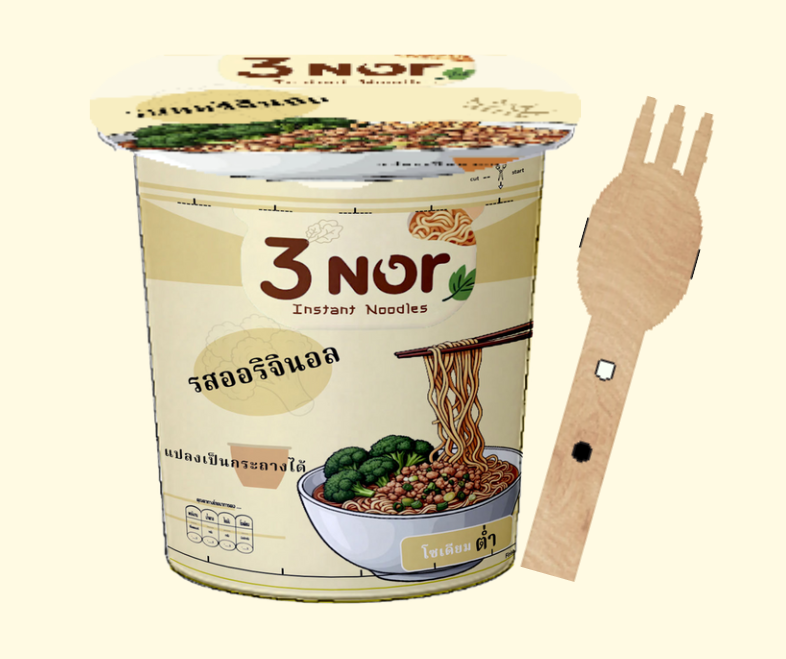
Development Concept
Reduce: Minimize the use of plastic from seasoning packets and disposable forks and spoons that contribute to microplastics.
Reuse: Instant noodle cups can be repurposed as flower pots or vases.
Recycle: Instant noodle cups are made from polypropylene (PP) plastic, and the labels are made from paper, both of which can be recycled.
Details of Instant Noodles, Cup Type, 3 NOR Brand
1.The packaging cup is made of polypropylene plastic (PP), a strong and durable material that can be recycled after use. Additionally, the cup label is made of recyclable paper, allowing both the cup and label to enter the recycling process effectively, helping to reduce waste and support environmentally friendly material management practices.
2.The lid is made of bioplastic-coated paper, specifically starch-based plastics, which do not create microplastics when decomposed and can be processed in the paper recycling stream, simplifying waste management. Furthermore, it is designed to incorporate vegetable and flower seeds into the paper fibers, adding value to the packaging.
3.The seasoning packet is attached to the lid and is made of bioplastic-coated paper with a dotted line for easy tearing, making it convenient for consumers to access the seasoning quickly.
4.The fork is made from bagasse, which is heat-resistant from -40 to 220 degrees Celsius. It does not release toxins or harmful chemicals when exposed to heat or food and can naturally decompose within 45 days.
5.The cup can be reused as a pot or vase, featuring dotted lines that allow consumers to cut and create an attractive shape.
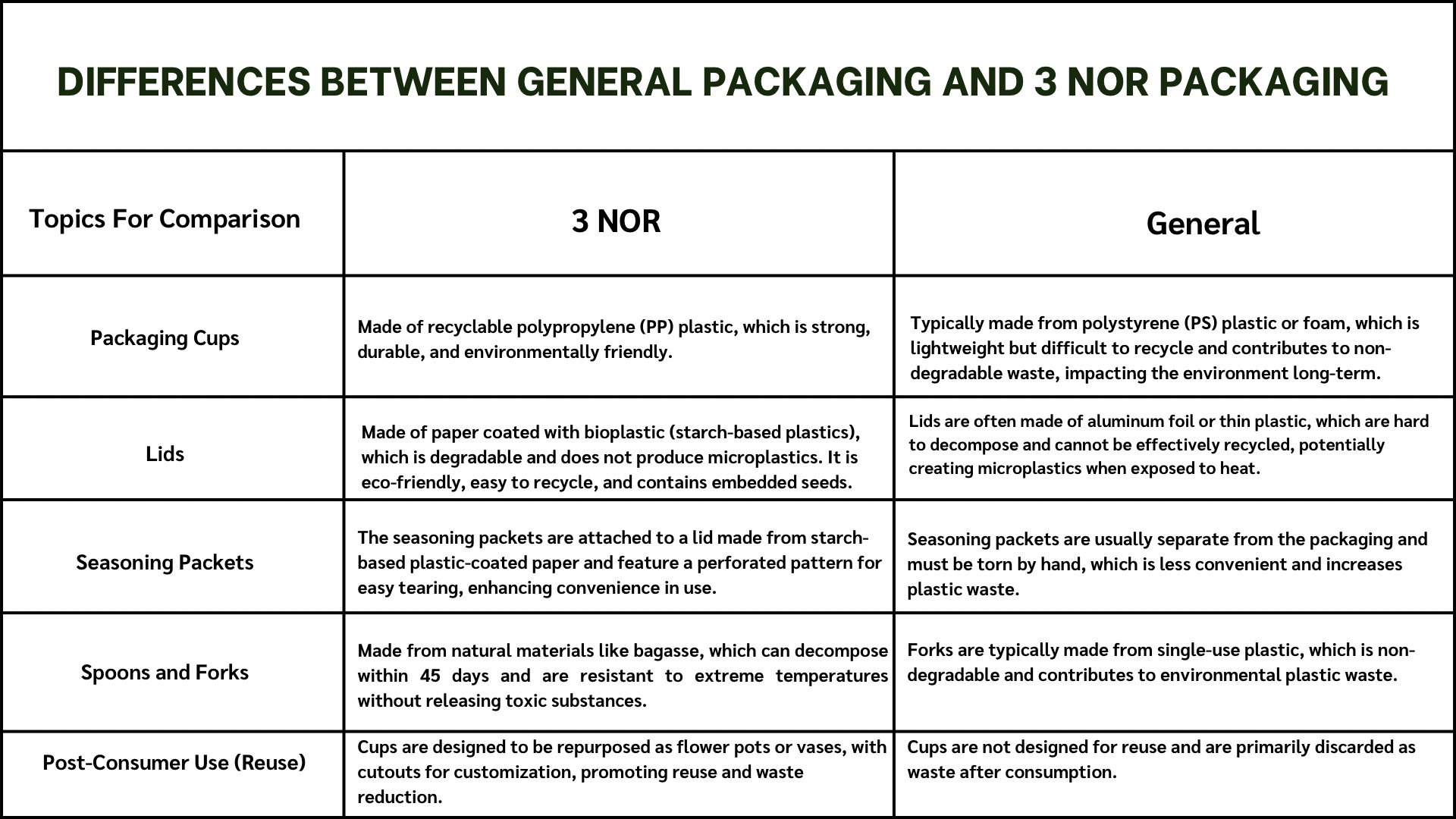
The new 3 NOR instant noodle cup type has been significantly improved in terms of environmental friendliness and sustainable resource use. The materials used offer better degradability and recyclability, reducing the generation of microplastics and hard-to-degrade plastic waste. Additionally, the packaging cup now features a reusable function, promoting the concept of efficient resource use. In contrast, the original type emphasized the use of disposable plastic materials, which had a negative long-term impact on the environment.
Advantages and Disadvantages of 3 NOR Instant Noodle Packaging in Cup Type
Advantages:
1.Reduces plastic waste by using materials that support the principles of Reduce, Reuse, and Recycle.
2.Decreases microplastic contamination in food.
3.Increases convenience, allowing for faster food preparation.
4.Enhances brand image by addressing environmental and health concerns.
Disadvantages:
1.Higher Prices: The packaging designs, which include seasonings, may increase production costs, resulting in a slightly higher price compared to the original product.
2.Material Limitations: Finding biodegradable and environmentally friendly materials may limit the product's durability and could raise production costs if special materials are required.
4P’s
1.Product
Product Name: 3 NOR
Product Features: Focuses on high-quality ingredients that promote health, such as whole grain noodles, brown rice noodles, and low-sodium seasonings.
Packaging: Made from recycled or biodegradable materials, such as paper or bioplastics, allowing consumers to easily reuse or recycle them.
2.Price
Unit Price: 39 baht per cup (60 grams per cup).
Pricing Strategy: Emphasizes value-based pricing, setting prices according to the perceived value in terms of sustainability and health. The price may be mid-range to higher than typical instant noodles due to the use of quality ingredients and environmentally friendly packaging.
3.Place
Main Distribution Channels: Available in convenience stores, supermarkets, leading department stores in urban areas, as well as online through marketplaces and e-commerce platforms.
Online Distribution: Promotes online purchases with fast delivery strategies and special promotions for customers buying via websites or apps.
Product Placement: Positioned in easily visible areas, such as near organic or health products, to attract environmentally conscious consumers.
4.Promotion
Advertising: Utilizes a Green Marketing strategy, focusing on communication related to sustainability and health, allowing consumers to feel they are participating in environmental conservation.
Public Relations: Leverages social media as a primary promotional tool, creating content about the environment, recycling, and adding value to packaging.
Sales Promotion: Encourages customers to try products in department stores or sets up booths at health and environmental events to highlight the product's selling points. Offers bulk purchase incentives, such as buy-one-get-one-free packs or discounts on specified amounts.
Personal Selling: Engages in activities related to the environment or health to directly introduce products, demonstrating how to maximize the use of packaging, such as recycling or repurposing it.
This 4P approach is designed to engage the target audience that genuinely cares about the environment and health while differentiating itself from traditional instant noodle products with clear selling points.
Marketing and Brand Development Activities Through Packaging
Marketing Activity:
“3 NOR Green Challenge”
Objectives:
1.Create awareness of the new, environmentally friendly packaging of 3 NOR noodles.
2.Establish the 3 NOR brand as one that cares for the environment and encourages consumers to adopt eco-friendly behaviors.
3.Foster a positive relationship with customers by providing direct experiences that allow them to engage closely with the product and brand.
4.Invite consumers to participate in the campaign through social media by posting pictures or videos.
5.Stimulate consumer interest in purchasing the products.
Details:
3NORGreenChallenge Campaign: Invite consumers to share pictures or videos showcasing the use of 3 NOR packaging, such as tree planting or crafting, on social media with the hashtag #3NorGreenChallenge. Reward the participant with the highest number of votes.
Workshop Activities: Organize workshops teaching cooking using 3 NOR noodles and how to recycle the packaging or repurpose it for other uses. Offer products at special prices, such as buy one, get one free, or special discounts.
Influencer Marketing: Collaborate with environmentally conscious influencers for product reviews and to promote sustainable lifestyles.
3 NOR Community: Create social media groups for customers to share opinions, ideas, and participate in activities.
Content Marketing: Develop engaging content, such as articles, videos, and infographics related to 3 NOR, the benefits of waste reduction, and sustainable living, to be shared on platforms like Facebook, Instagram, and TikTok.
Marketing and Brand Performance Measurement (KPI)
1.Measuring Awareness of New Packaging:
•Reach and impressions of posts related to the campaign.
•Surveys assessing perceptions of the new packaging before and after the campaign.
•Tracking the use of the hashtag #3NorGreenChallenge.
2.Measuring the Image of an Environmentally Conscious Brand:
•Media mentions of the brand, especially in the context of environmental conservation.
•Surveys evaluating brand image from customers after the campaign.
3.Measuring Customer Relationships and Brand Experiences:
•Number of participants in the workshops.
•Participant satisfaction (Customer Satisfaction) assessed via questionnaires.
•Brand relationship score (Brand Loyalty Score) from surveys.
4.Measuring Social Media Engagement:
•Number of consumer posts using the hashtag #3NorGreenChallenge.
•Mentions and shares of social media posts.
•Engagement rate, including likes, shares, and comments on brand posts.
5.Measuring Sales Momentum:
•Increase in sales during the campaign.
•Number of orders after the campaign.
•Conversion rate.

